A Planet B strategy, taking care of Planet A!
“Expand civilization into the solar system, and protect our mother planet”
An open letter to the UN COP26 Conference – Glasgow 2021
-
- This is the right time to embark on grand epochal projects, fit to change our world and our future.
- The Green Transition may only be useful if accompanied by a powerful development plan.
- The internet society and digital money may require much more energy, not less.
- The Green Transition alone has a high cost, and may produce new social inequalities.
- Capable sustainable development is “off our planet”: kick-off civilian space development.
With reference to our analysis of the status of Civilization[1], updated in the 3rd SRI World Congress 2021, we propose that the issue of the Climate Change should be approached within a widescale and holistic view, also addressing all SDGs Sustainable Development Goals and identifying other interrelated threats to civilization: the Covid19 Pandemics, the global economic crisis, raw materials and energy crisis, water scarcity, the growth of conflicts and refugees, the pollution of the seas, the loss of biodiversity and, in more general terms, the enormous social effects of such Armageddon. Specifically, the Coronavirus pandemics have quickly demonstrated how eight billion citizens, constrained within the narrow spaces of our mother planet, may see dramatically decreasing freedom to move, socialize, work together, love and have children. What we need is a Global Sustainability Initiative and a Global Sustainability Agreement to identify both threats and opportunities which would allow the global community to accomplish these tasks.
The “Green Transition” as undertaken by several Countries, will be useful, in obtaining a grace period, and allowing the development of strategies to combat the multiple crisis and retake the path of growth and evolution. Yet this incidental process is exactly the point: the Green Transition, alone, in being focused mainly on passive actions, does not represent an active strategy. It can be helpful, but only if sided and supported by a powerful development plan.
The goal of decreasing global energy demand, in order to reduce the production of greenhouse gases, is not necessarily feasible, since the electronic web society requires far more energy than previous models. Advanced video-communication shows a rapidly ramping energy demand, as does the progressive dematerialization of money, with the advent of electronic credit cards, bitcoins, blockchains, etc… These effects mean that even if our personal mobility is much reduced, shifting many activities to a virtual life, the problem will not be solved: we will soon be required to use less electric power, and will remain isolated and insular within the shrinking scale of a personal landscape. Moreover, the energy produced by terrestrial renewable sources comes with a huge cost, as we are already experiencing. The global energy bill is now rapidly increasing, leading into the autumn of 2021, owing to the imbalances caused by the Covid19 crisis, and also to the first steps of the green transition. Such augmentation of the energy bill will certainly raise new pressures and social inequalities: lower social classes may be cut off from the engagement of the internet society. The specter of classism may find a fertile ground again, deepening all of the social conflicts and the struggle for resources.
The two primary objectives of the UN COP26 – “Secure global net zero by mid-century and keep 1.5 degrees within reach” and “Adapt to protect communities and natural habitats” – will not be feasible, without a vigorous and proactive strategy. As we see clearly written in the COP26 Manifesto, “The climate is already changing and it will continue to change even as we reduce emissions, with devastating effects.”
As our association has maintained since its beginning, through the Space Renaissance Manifesto, the expansion of civilization into outer space is the only way to overcome the current global multiple crises in the so far philosophically closed world, and to restart a vigorous growth, in the realm of the Solar System. Such a glorious future is not automatic nor guaranteed. Evolution works by trial and error. And we don’t know, yet, whether our species will be a success or a failure, reflecting on the history of life on this planet. The stake is to evolve into a solar system civilization, or to be thrown back to a stone age, should we remain closed within the boundaries of our mother planet.
We – the Space Renaissance Movement — deliver to our Earthly governance institutions a huge responsibility: to clearly indicate the priorities, to support the evolutionary effort of humanity, to absolutely move the first essential steps before 2030, in order to open the high frontier to civilians, and to keep the door well open for the centuries to come.
The reality of the situation is that the only truly sustainable development is actually “out of our planet”. We run the risk to learn this existential truth in the most dramatic way, should we not undertake an accurate and proactive strategy. It is not true, as the Fridays for Future movement says, that we don’t have a planet B: we own the technologies to build several “Planets B”, in geo-lunar space, on the Moon, in Mars orbit, on Mars and beyond. Planet B may not represent an alternative to Earth, it may in fact be a symbol for the transformation of Earth, the holistic process of evolution into a space based global society. Within this extemporary paradigm, all the aspects must be carefully subsumed.
This is the time to undertake great epochal projects, which are adequate to change our world and reshape our future. Null or passive-only strategies could certainly lead towards an implosion of human civilization. Passive-only strategies could be seen as representing a radical change of our habits and life style: equivalent to a grand project. Yet, real great projects, within the framework of an active strategy, can relaunch cultural and economic growth at unprecedented pace. Space remains the single unifying global factor, as governments in all places subscribe to and advance space development. Working together with private industry, the UN, and the space agencies, an extensive program of human space settlement should be embarked, defining a critical juncture, and bringing forward a mutable platform dedicated to sustainability and human betterment. This grand project will bring inspiration and enable the greater understanding of nations and peoples.
A pro-active strategy to counter climate change and the multiple crisis should include many pathways to real solutions and risk mitigation actions:
- Kick-off the civilian space development, a new strategy for space agencies, space industries and space research worldwide (re: Space Renaissance 2021 Congress Final Resolution[2]):
-
- Move towards the industrialization of geo-lunar space, with a goal to relocate formative industrial development phases, off planet. As industrial energy demand eventually relocates outside Earth, energy demand on Earth will be reduced to the size of the private citizens demand, with positive effects on Earth environment and ecosystem.
- Support the ongoing effort of the new space industrial vanguard, strongly committed to implement low cost, fully reusable, safe space vehicles, transporting civilian passengers to Earth orbit, to Cislunar Space, the Moon and beyond.
- Claim orbital space debris and start recycling and reusing these assets, to build space infrastructures.
- Start mining the Moon and the Near-Earth Asteroids, to produce fuel in space, and support the settlement of geo lunar space.
- Develop space settlement enabling technologies for civilians: protection from cosmic radiation, artificial gravity, green environment space habitats, passenger vehicles with smooth acceleration and safe re-entry into atmosphere.
- Improved global countermeasures against the effects of extreme climate changes, rising global pollution and catastrophic cosmic hazards that threaten worldwide civilization. We should not rely only upon the immediate containment of climate change. Adaptation, global space-based monitoring and data-analytics measures, and more, can allow instant analysis of the globe and a wide variety of climate and environmental threats. Some examples of an active strategy include:
-
- Building dams to protect coastal cities from the possible rise of the seas, following the example of Holland over 100 years ago.
- Use water conservation techniques and water surplus coming from ice melting to reclaim the deserts, increasing the green surface on planet Earth.
- Develop shield and mirror satellite technologies to cool or heat (according to the need) large areas of ground or sea, to contrast extreme hurricanes, floods and other effects of temperature-pressure imbalances.
- Develop electro-magnetic or physical shield-satellite technologies to protect against cosmic and environmental threats and natural disasters.
- Reinforce civil protection infrastructures worldwide and network them together with the support of space agencies, to improve the capacity to bring help, provide shelter and save lives and local economies as much as possible.
- Full integration and massive data analytics of global data collected by remote sensing satellites (at data rate speeds up to exabytes per second) that can now be deployed to cope with climate change warming and ocean pollution.
Space Renaissance International and the co-signer organizations stand ready to assist in developing a systematic ‘Planet B & A’ strategy to win this epochal challenge.
Signed by:
> Adding your organization? Write us an email.
Also download this letter in pdf format, to print it and stick it to the notice board at your working place or school.
[1] SRIC3 Thesis 1 – Status of Civilization and perspective of expansion into outer space https://2021.spacerenaissance.space/wp-content/uploads/2021/07/PAPER-SRIC3-SCT-4.1.01-007.pdf
[2] The Space Renaissance 2021 Congress Final Resolution https://2021.spacerenaissance.space/wp-content/uploads/2021/07/Final-Resolution-Final-approved.pdf
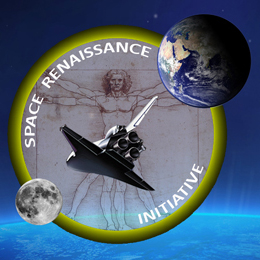




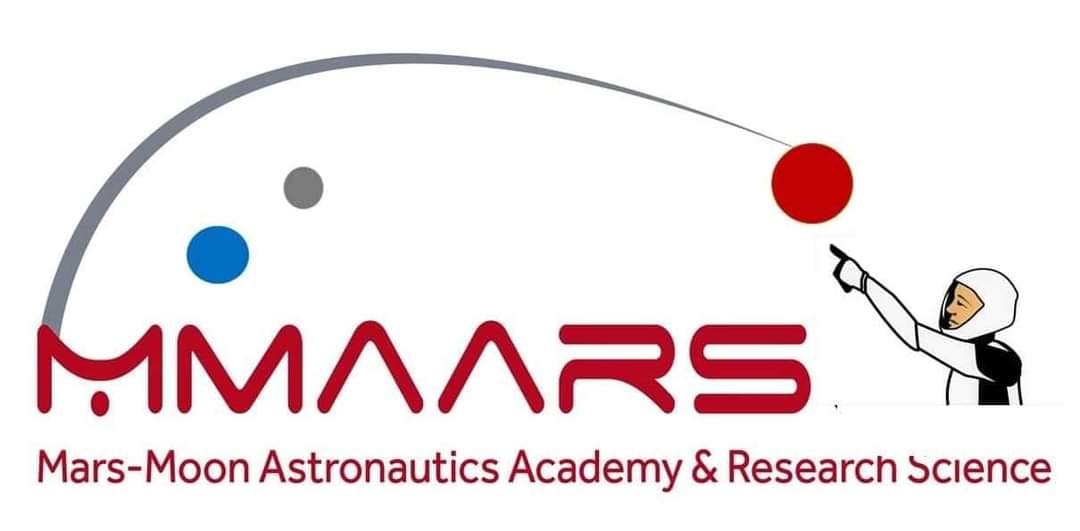



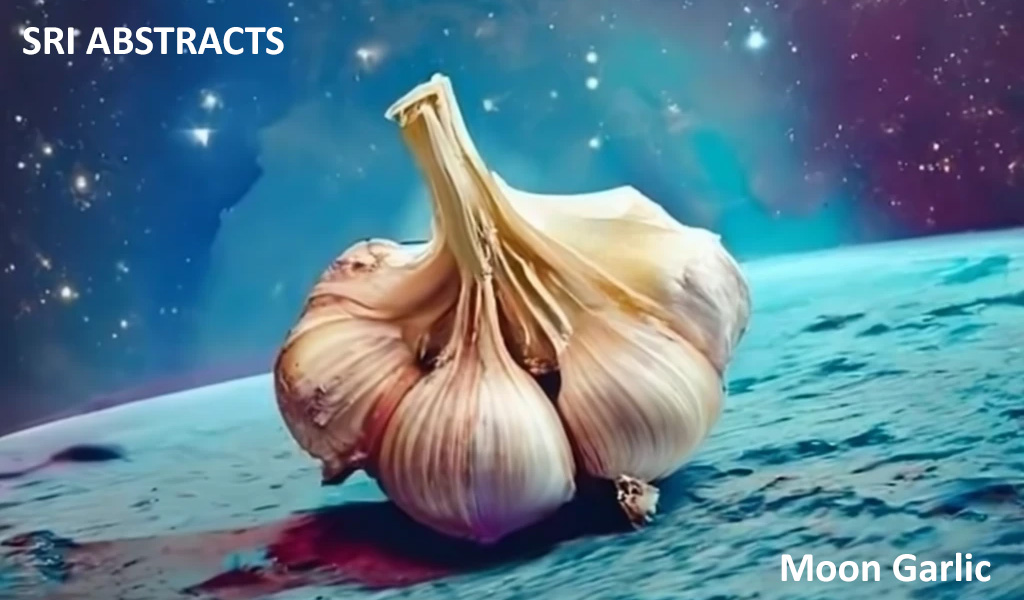



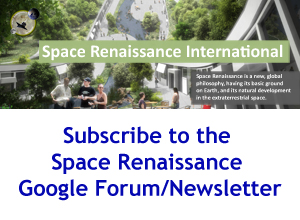
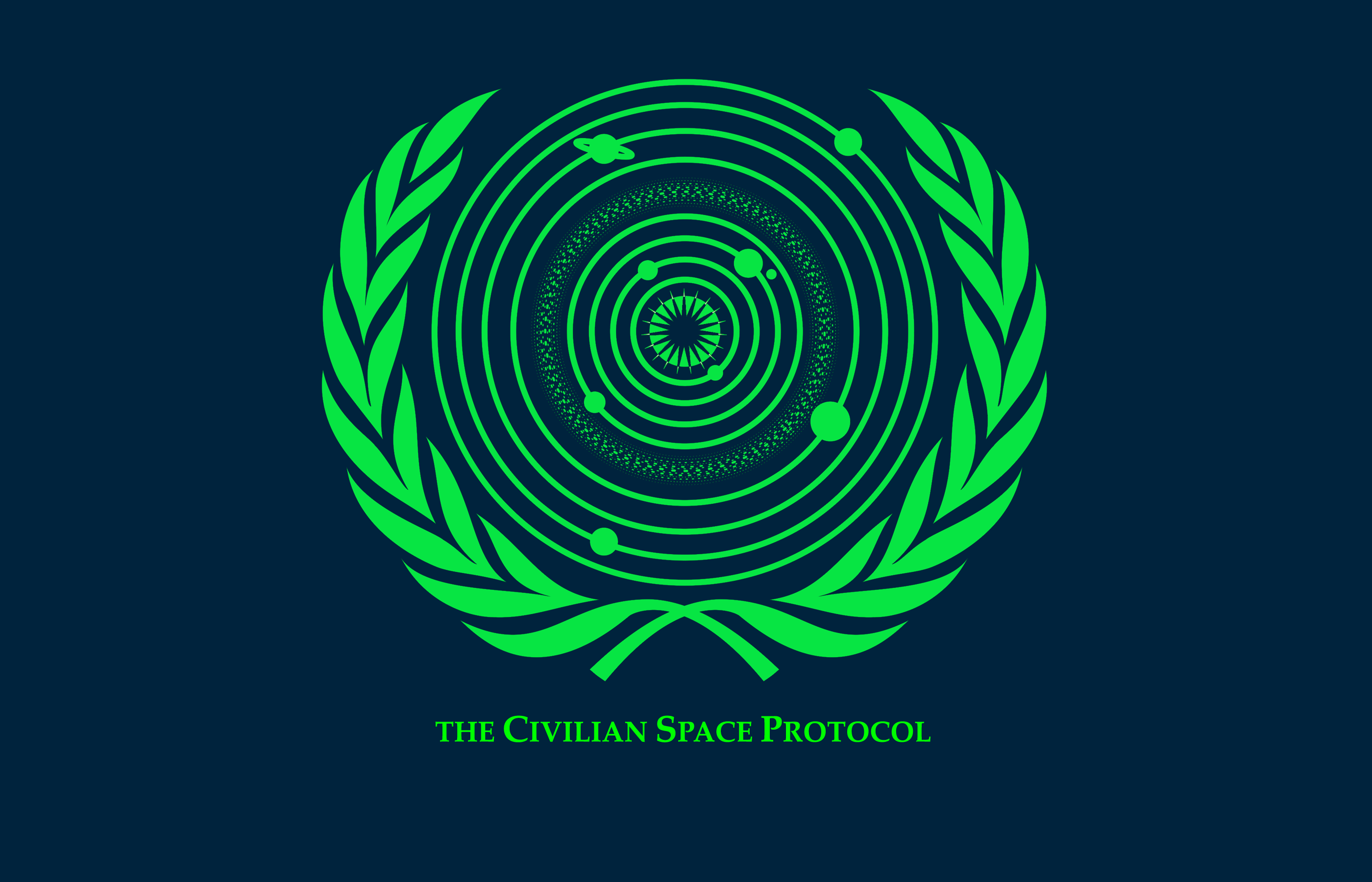
 Space Renaissance France (French Chapter of SRI)
Space Renaissance France (French Chapter of SRI)  Space Renaissance USA, Inc. (USA Chapter of SRI)
Space Renaissance USA, Inc. (USA Chapter of SRI) Space Renaissance (Italian Chapter of SRI)
Space Renaissance (Italian Chapter of SRI) Space Renaissance Academy
Space Renaissance Academy Space Renaissance Initiative Group
Space Renaissance Initiative Group